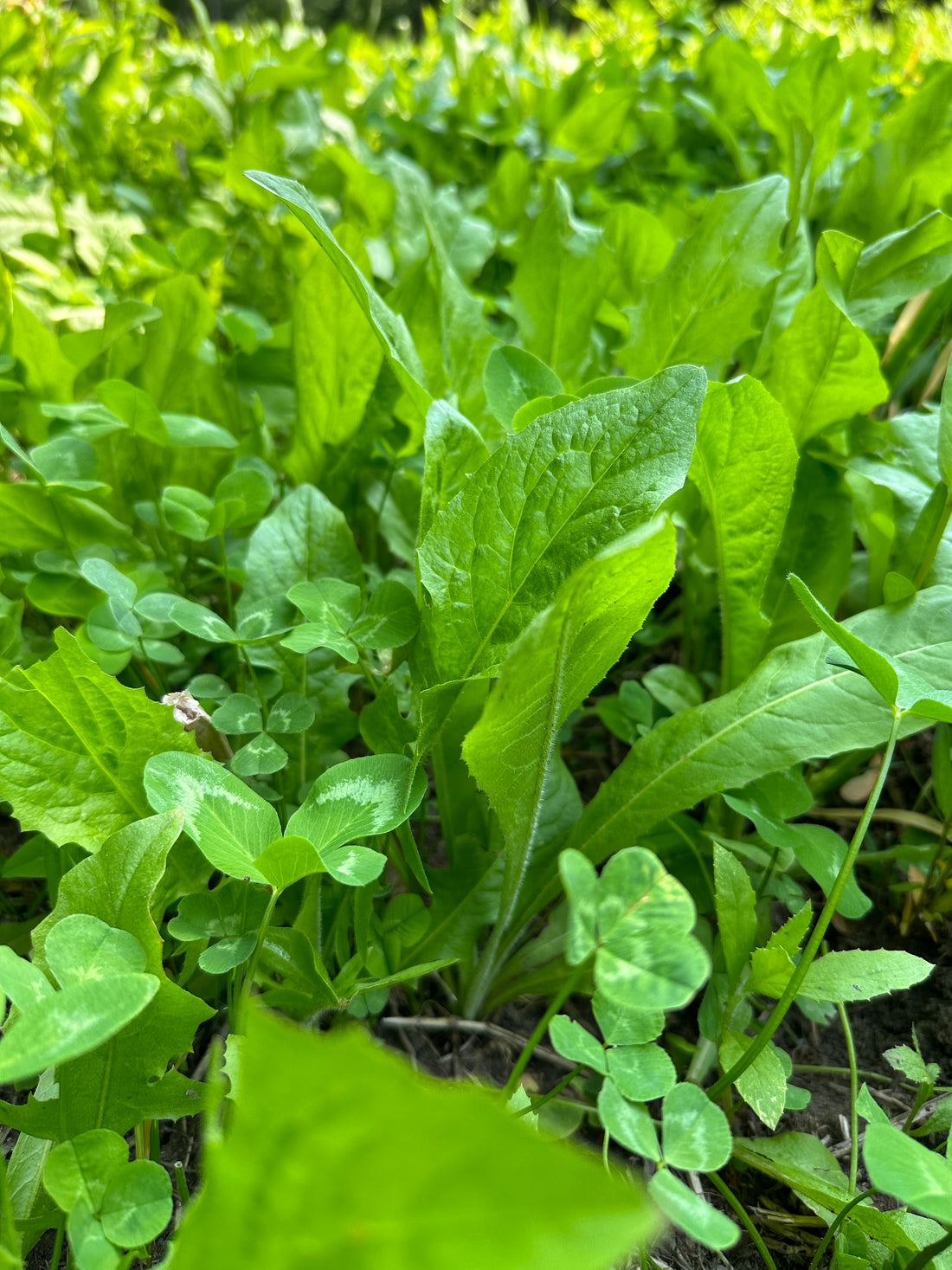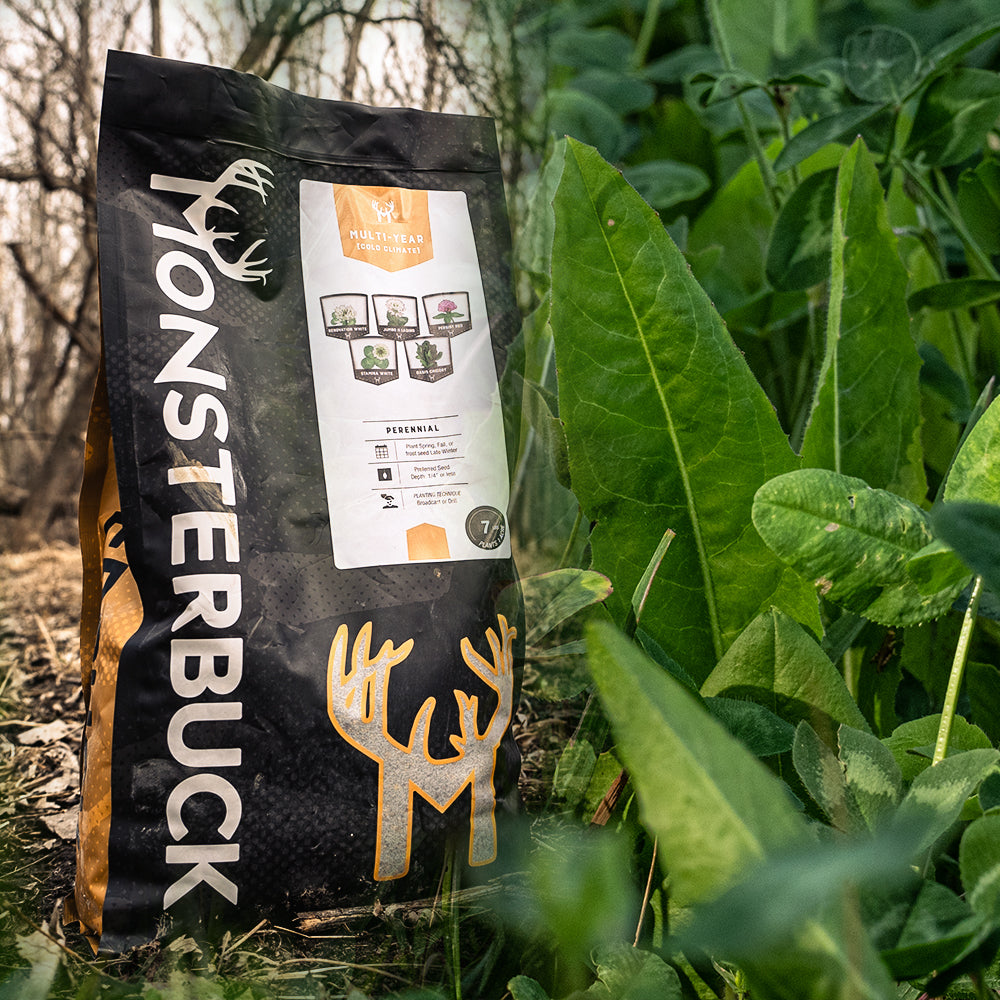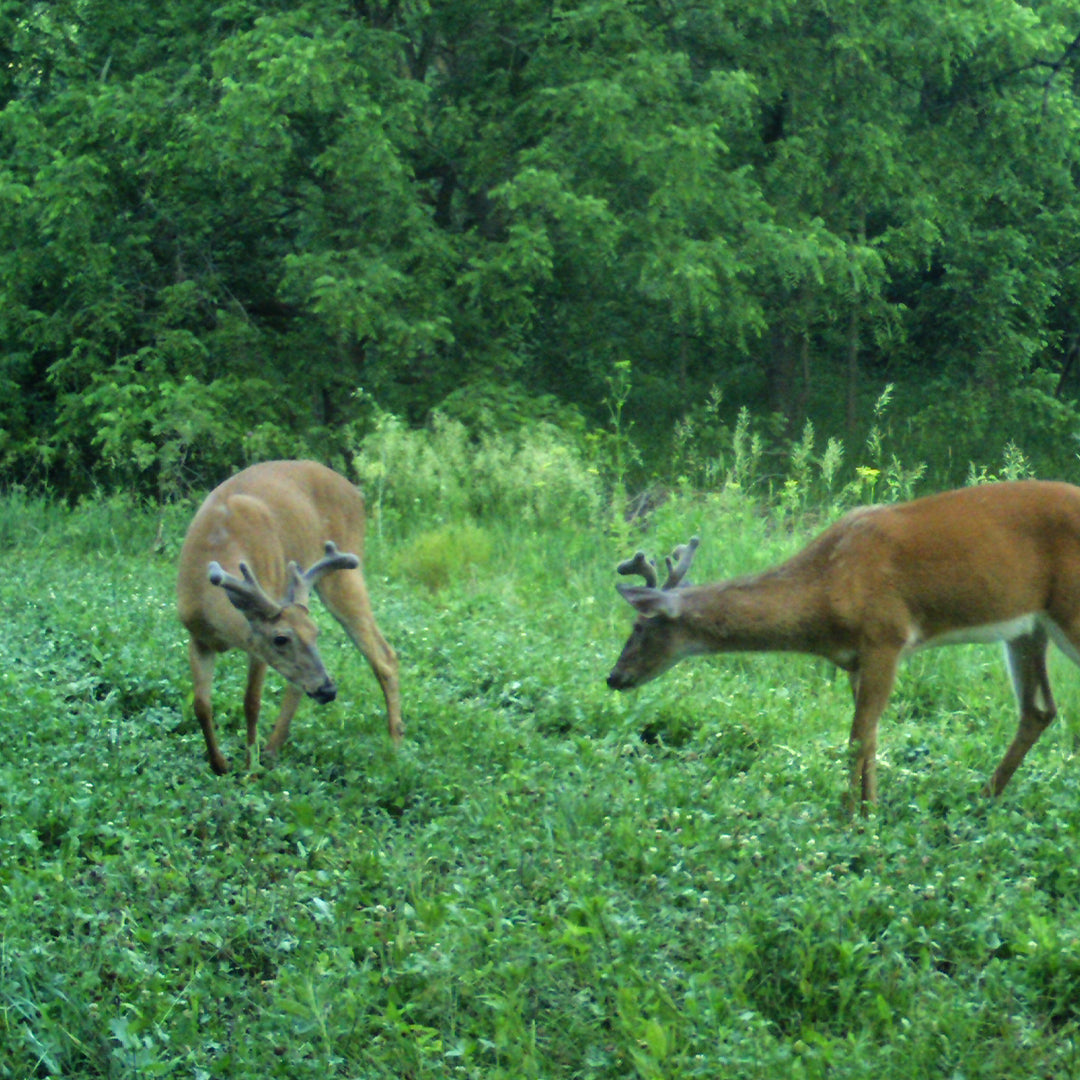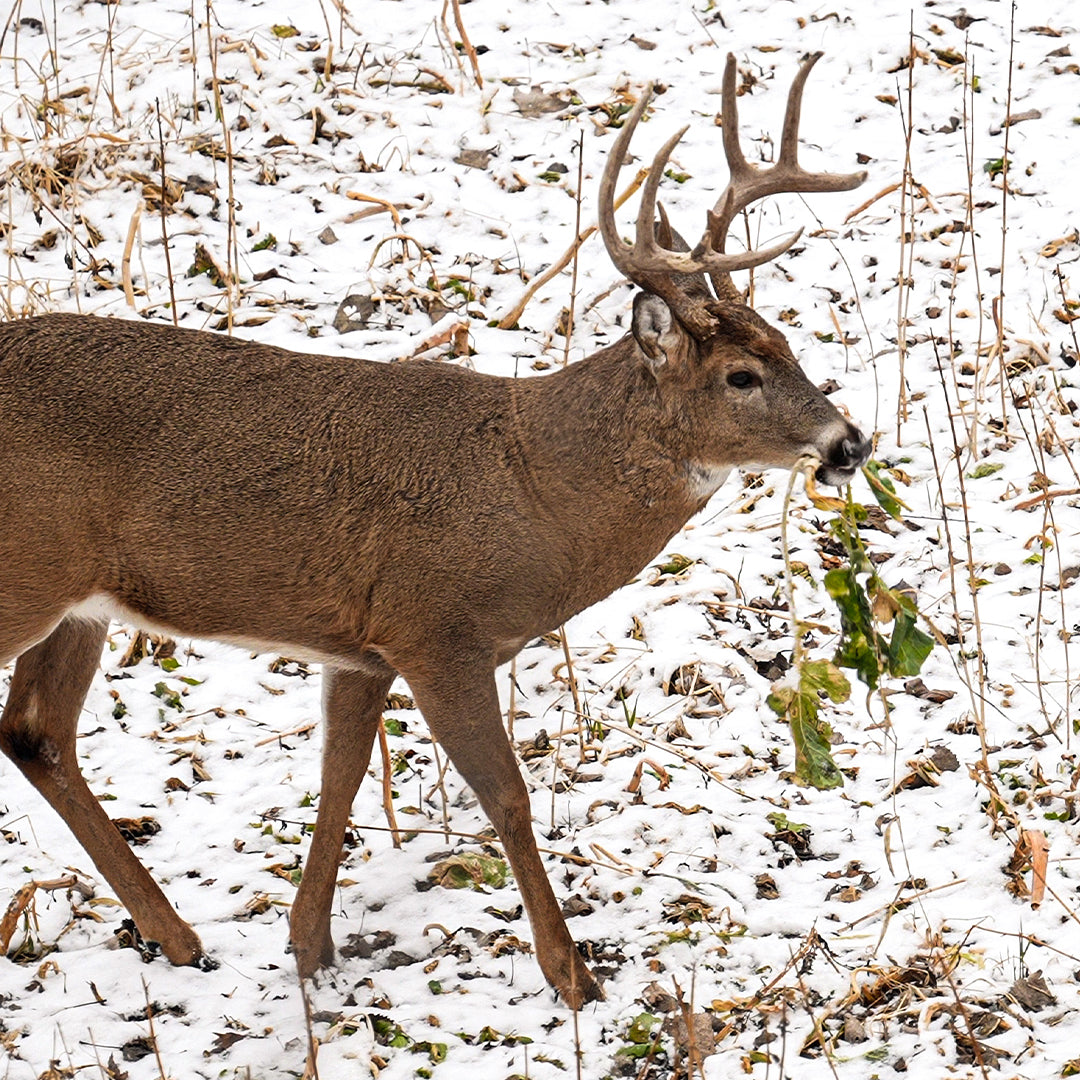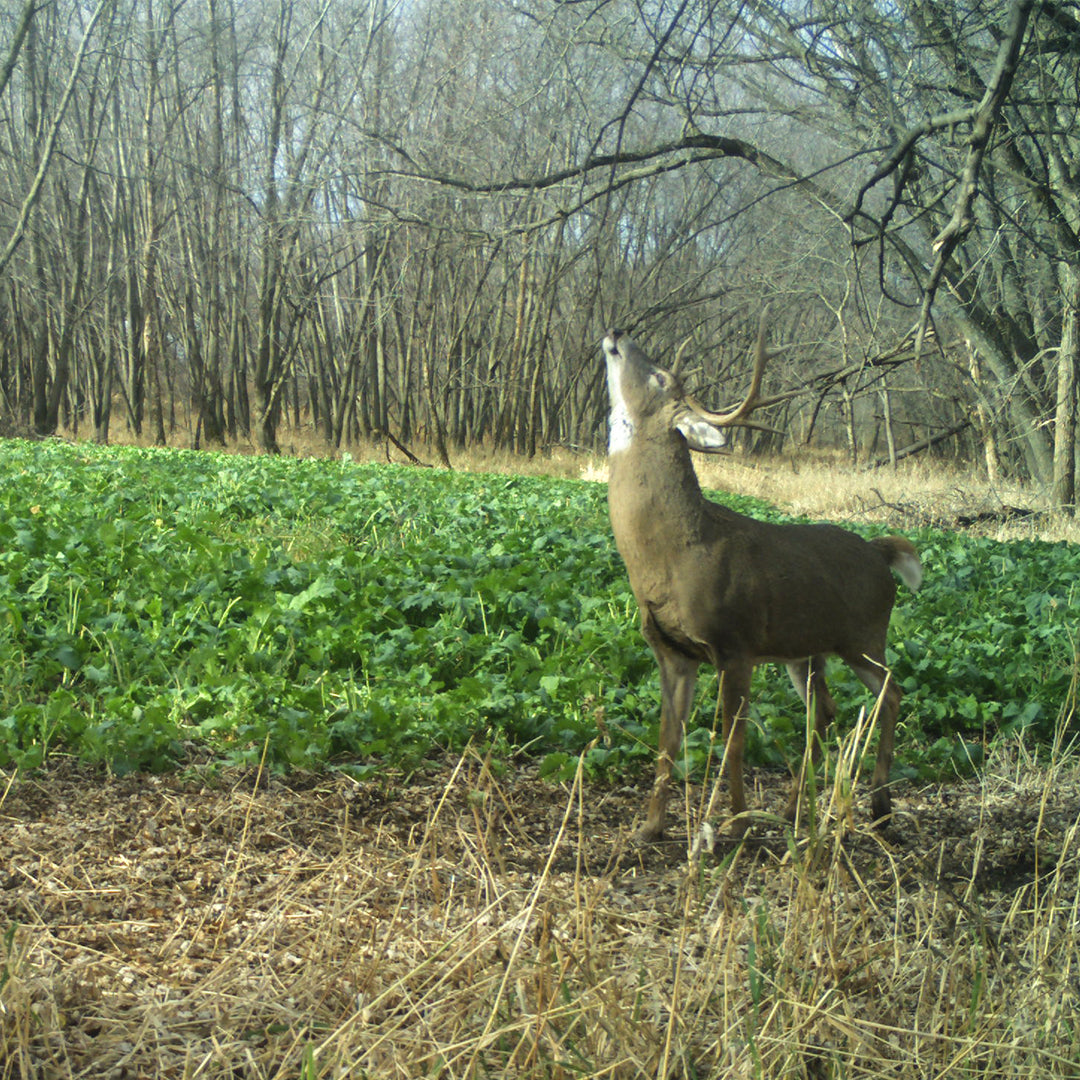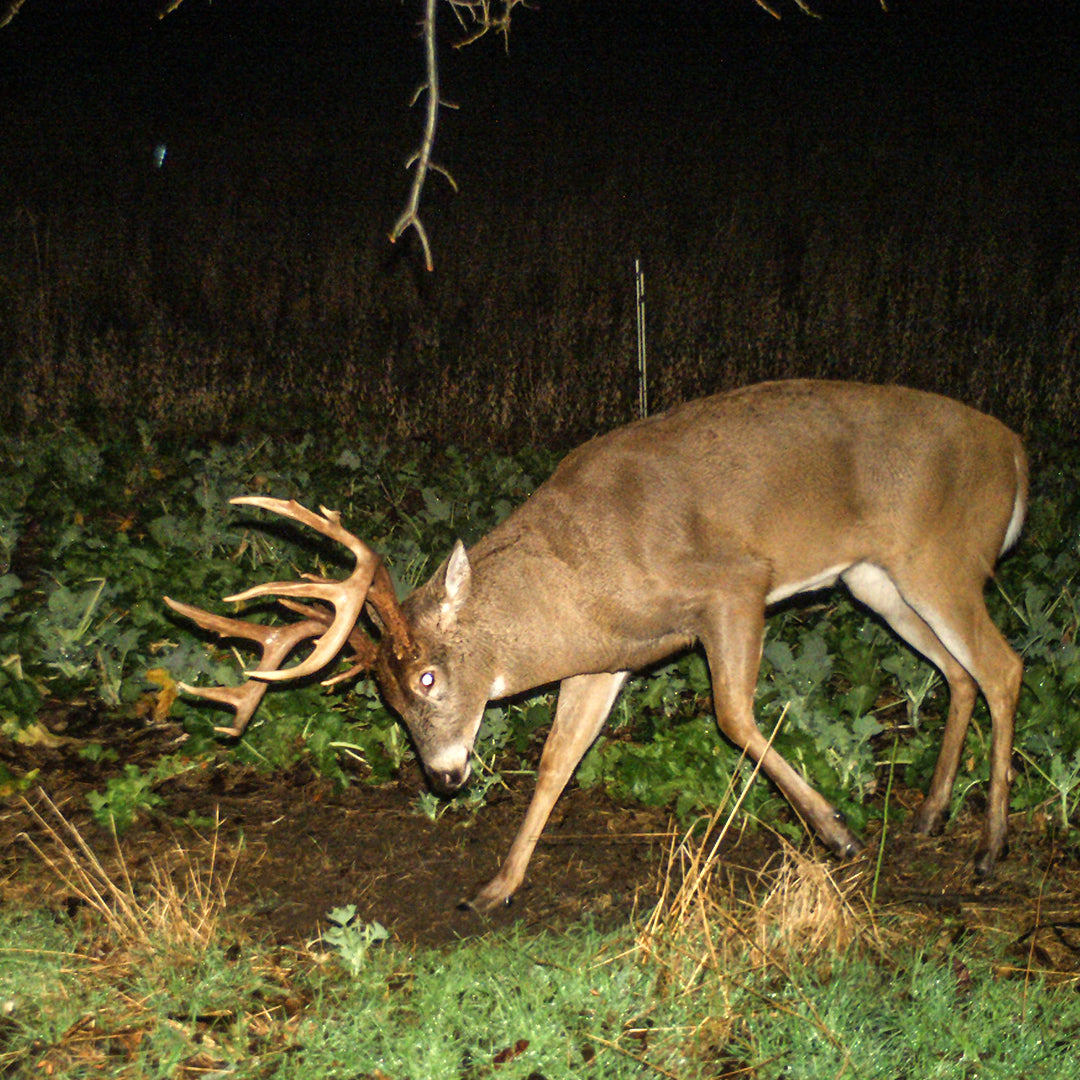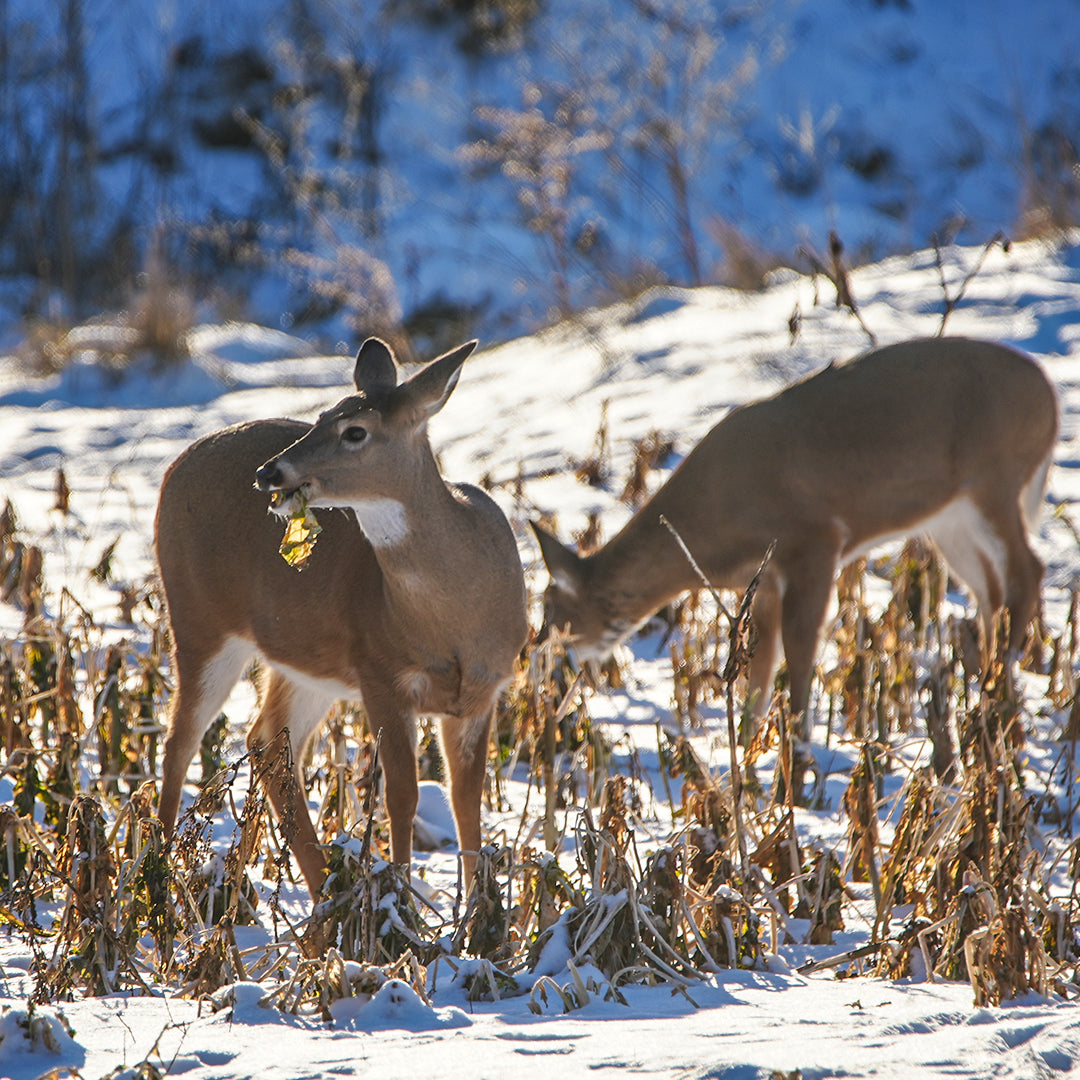
Monitor and Keep Records
A great way to learn each year is to keep a log or a planner of each of your plots. Start off with the dates and amount of pre plot herbicides, your soil test , and the dates and amounts of lime and fertilizer you added, if any. As the years go by you can monitor the condition of your soil as it improves. Next, log your planting and actions taken then. Schedule your next fertilization date on your planner and as a reminder on phone. During the growing season weekly or bi weekly trips are fun to see your progress and also good for monitoring weeds or any situations you need to address. These are important because if you wait too long, things can get out of hand and become a bigger problem to manage. Of course you could be the guy that plants and doesn't show back up until hunting season, but what is the fun in that?
A few more things you can keep track of are the utility of your plots. What plot or plots are being used and when? What part of the plots are being hit the hardest. Is there something they really like or don't like? Just make you make some data points to reference for next go round. For example, deer in that area aren’t using your greens. Could just be that they don’t know they can eat them yet? Or maybe you didn’t soil test and they just taste bad? Either way you’ve learned you can back off them a little and go with something that has more of what your deer prefer.
Cell cams and rain gauges. A rain gauge in the middle of your plot let’s you know exactly what’s been happening rain wise. Far too often it can rain all around a certain area but somehow miss your plot, or vice versa. Cell cams give you a day to day progress and let you see what’s happening with weather growth and potential problems.
It’s nice to have a history of your failures and success for future reference.

